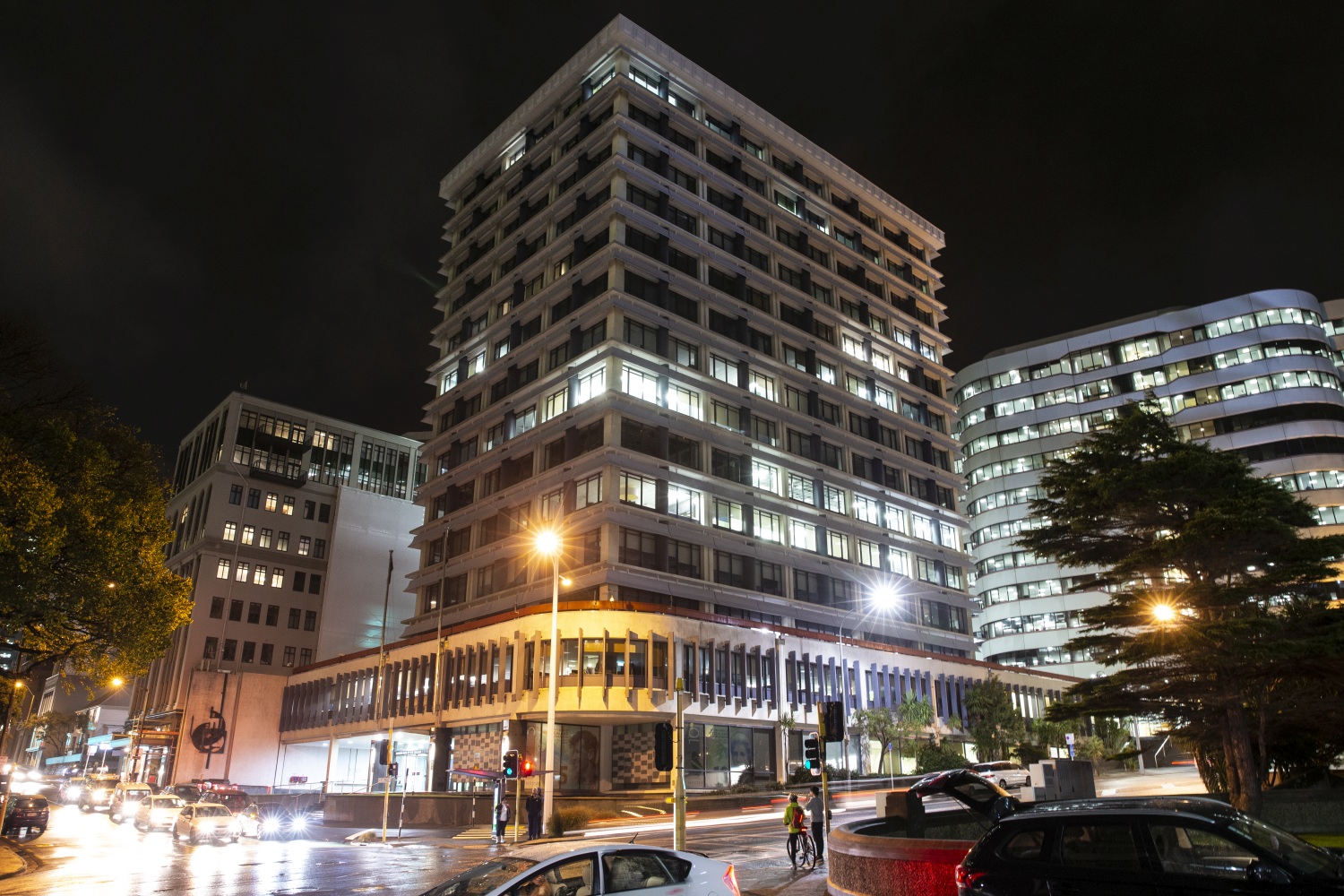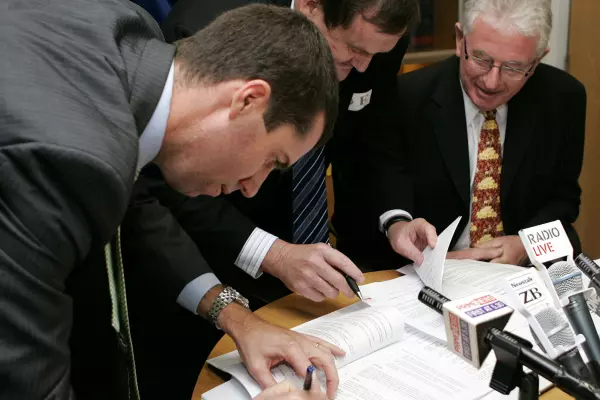It might seem astonishing to say the results of a company that has just reported a record loss – and by a wide margin – have left me hopeful, for the first time in many a year, about the company's future.
Of course, it's always possible I'm speaking to soon, because Steel & Tube Holding's record over the last 15 years has been truly abysmal. And the company isn't expecting the environment to do it any favours – it's planning for a recession.
It reported a $60 million net loss for the year ended June, nearly double its previous biggest loss in the 2018 financial year of $32 million.
The company's best-ever year was as far back as 2005 when net profit, adjusted for accounting standard changes, was $38.7 million.
Back then, Steel & Tube was a medium-sized company with its market value peaking at about $455 million.
The shares were unchanged at 58 cents on Friday after the results announcement, giving it a market capitalisation of $96.3 million, making it quite a small company, even by New Zealand standards. It's destroyed a lot of capital along the way, including the $81 million it raised in 2018.
Signs of hope
Although the shares aren't quite in penny-dreadful territory, before the latest results I might have said: give it time.
So why be hopeful brighter days are ahead for the steel products distributor?
After a poor first half, and in the face of the coronavirus crisis, the company managed to bring earnings before interest, tax, depreciation and amortisation in just above break-even at $0.4 million, down from $16 million the previous year. In 2015, ebitda was $66.5 million, and that was before a string of acquisitions.
This is considerably better than the $14 million annual ebit loss Fletcher Building reported from its steel operations compared with an ebit profit of $35 million the previous year.
But more importantly, Steel & Tube's net cash from operations rose to $39.6 million – including $6.6 million from the government's wage subsidy – from $21.3 million the previous year and borrowings fell to $10 million from $24 million the previous year and from the peak at $133.4 million in June 2017.
"We're certainly starting to generate quite a lot of cash, which is always the key driver," said Mark Malpass, who stepped down from the board to become chief executive in 2017.
The company is aiming to reduce debt further and has already done so with the $1.4 million net proceeds of selling a property in Gisborne.
Confidence not Optimism
Pointing to the structural changes he has made to the business, Malpass told BusinessDesk he is "quietly confident" about the company's future, although "optimistic" is too strong.
Those structural changes include reducing the company's sites nationwide from 50 in 2017 to 28 at June 30 to 26 now and down to 25 shortly.
Malpass said the company now has four "mother-centres," three in Auckland and one in Christchurch and the other "child branches" are relatively small, holding between 70 percent and 80 percent of Steel & Tube's fastest moving products with the rest trucked in as required.
Earlier, he told analysts the reduction in sites still allowed the company to maintain nationwide coverage and the company has experienced sales growth post balance date in areas where it has consolidated sites.
Steel & Tube's workforce has been culled from 1,062 in July last year to 916 now with a further 86 full-time equivalents to go, and possibly another 30 depending on sales levels.
The company said this will reduce costs in the year ending June 2021 by $10 million and by between $12 million and $13 million a year after.
Going online
Post-lockdown, the company said trading had returned to about normal in June, while July and August have been ahead of expectations but the company is expecting the economy will go into recession later this year and into the second half of its current financial year.
But much as the level 4 lockdown between March 25 and April 27 in response to the pandemic has hurt Steel & Tube, it also gave the company breathing space to advance its digital transformation.
"If it hadn't happened, we probably couldn't have got to it so quickly," Malpass said. When a company's revenue suddenly dries up, "you've got to move, otherwise you get a hemorrhage."
The company had already been working on barcoding and traceability of all its stock, but it has also developed an online store, similar to the Amazon model, allowing its 12,000 customers to fill a basket and purchase it online.
"We're only in our infancy and just starting to go live" and the company has found its first couple of customers have been transacting at night or on weekends, "at times we just wouldn't have been open."
Soon, the website will also be able to suggest other things customers might want to purchase – "it means we can sell our customers the fries as well as the burgers".
Seasoned online shoppers may well laugh at how backward Steel & Tube seems to only be gaining such capability now, but Malpass said that's a backwardness the industry shares internationally.
Rampant discounting
One of the reasons Steel & Tube's performance has been so poor for so many years – and why others in the sector, such as Fletcher's steel operations, have suffered similarly – has been a seemingly never-ending price war. It was no different in the second half with Steel & Tube reporting its margins fell below 20 percent.
Malpass said his staff were reporting Fletcher had been discounting heavily in June, something he put down to that company wanting to clear inventory, but market conditions have improved post balance date.
"There's certainly a need for better product margins across our business – in July and August, we've seen a return to more stable" pricing situation.
But digitising the business is giving the company much better visibility of pricing across the country, making it less likely to discount.
"Where we see competitive pricing, we try to step away" and to concentrate on areas where the company can earn a reasonable margin, Malpass said.














